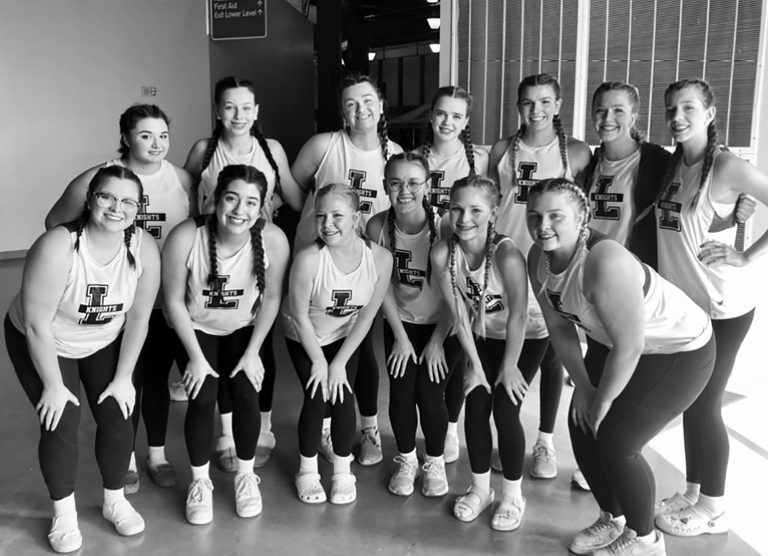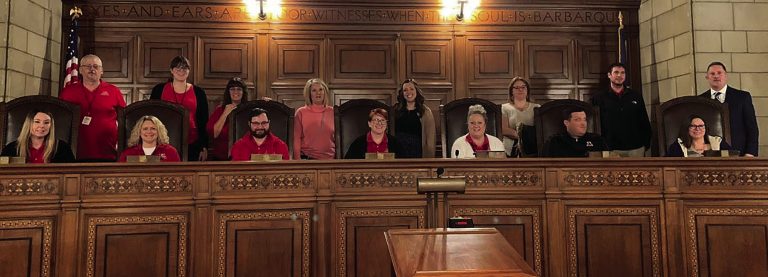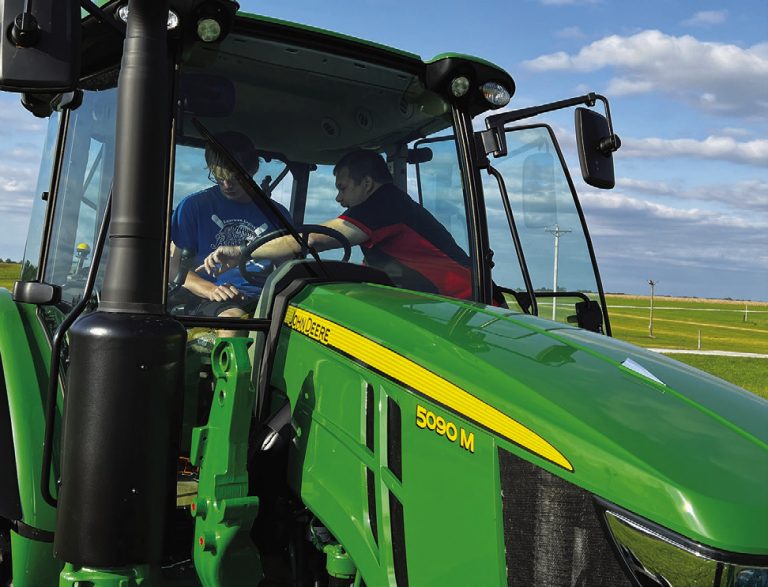
Pioneer track opens season at Doane indoor meet
The Nebraska City girls’ and boys’ track and field teams kicked off the season at an indoor meet at Crete on Saturday, March, 18, with that meet being the Doane Classic Class B meet. The Pioneers finished eighth of 11 on the girls’ side of the team standings and was ninth out of 10 on the boys’ side.




